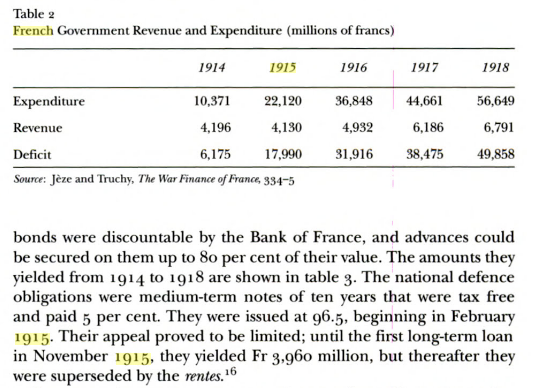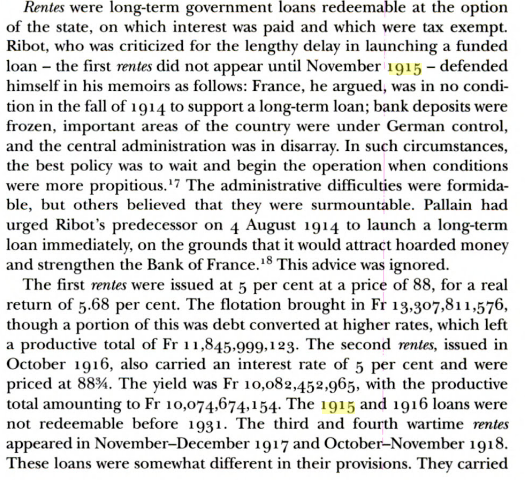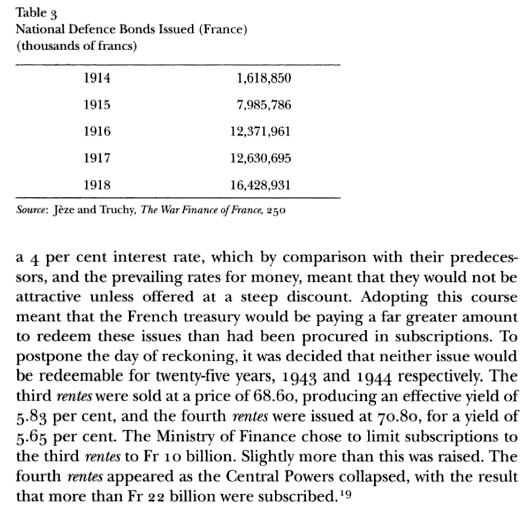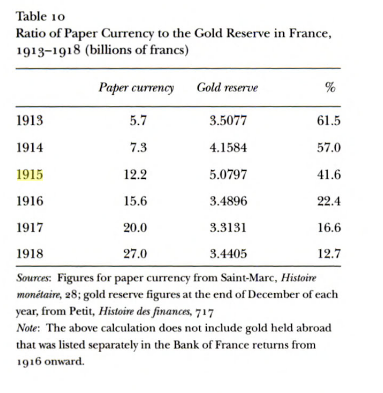Screened with smaller ships. Do you think the Austrians will send their navy to the French coastline and leave the Adriatic open to the Italians? Risk have to be taken in wars.
I was sending the Grand Fleet to win the Battle of the Atlantic. Once US possession are isolated, they will be easy to take. Start with the Marine Division for easy targets like Key West. You can pull out whatever units you want, when you want for the rest. Lots of possibility, but if the Marine Division say takes the Canal Zone and the Grand Fleet is taking names and kicking ass, why can't the Anzac units sail straight to the Canal Zone? This give me three Divisions. Say use the French Divisions used at Gallipoli to replace UK divisions that are pulled out of the line in Flanders.
Grand Fleet will likely use Halifax as main base, and yes some ships will have to go back to England for repairs.
Don't think so. Do US order of battle for land units in Caribbean. These UK forces start looking pretty heavy. USA is about potential in years 2-3, not year 1. Now yes, if we pull these units from other areas, the CP is doing better elsewhere. In this scenario, the Ottomans are looking pretty good.
And if the Austrians push they can cut off supplies running through the Med via the Suez, how much of the Royal Navy depends on oil at this point as they could face an interrupted supply, also Italy is not in the war at this point. And this also reduces the flow of troops from Africa to France, leaving the French short on units (1er Division was raised in Northern Africa so without naval cover it can't move to France or the US theater)
Or for that matter why would they sail the Grand Fleet to the other side of the ocean to try and attack the USN instead of pushing to make an attack on the HSF? Both are risks one of them does not leave the protection of England dependent on another nation's navy and we know they wargammed attacks on the German ports. Furthermore if you are using the French fleet what happens if the HSF sorties, does the French fleet try to intercept and if so who wins that battle? If the French fleet is beaten back and the HSF does a show off force off the English coast somewhere how long before the howls of the politicians force the recall of the Grand Fleet?
And when do you expect this attack on the Canal Zone to happen? If it requires the Royal Naval division to be withdrawn earlier then you weaken Entente performance during the initial German push and run the risk of them winning the race to the sea or at least pushing further down the coast. Also the Anzac corp will be given orders to head to England initially unless they plan out a canal attack before then and in that case you are looking at a delay at sending them thanks to USN and German forces in the Pacific (you don't want a troop convoy intercepted). So you would not have those units until Spring of 1915 like OTL. My main objection is that any winter 1914 campaign is just not feasible due to units being committed to the Western front or still being stood up. Until the lines stabilize in France I cannot see the British being willing to send troops elsewhere as Germans at Calais is a scenario they do not want to see.
My main objection is that I don't see units outside the Royal Naval Division that can be used in a Winter campaign, and even then after Antwerp it needs rest and resupply then the transit time. Plus waiting on the French fleet to withdraw from the Med to take up stations in Scapa Flow.
The grand fleet sailing to the US is using a lot more fuel and putting more wear and tear on their ships then OTL even before we get to any naval battles. Halifax sailing down to the Caribbean requires sailing past the USN so the USN should be able to intercept if it chooses to or you are swinging out into the ocean using more fuel. You are also using shipping capacity to send troops and supplies for both the troops and fleets to the Western Hemisphere, reducing what you can ship to France and England.
Do you have a good source of the British deployments at the start of WW1? All too often I find that for the divisions they just saw troops stationed in the Empire without stating where in the Empire those troops where. One reason is to see just what effect keeping troops in the Western Hemisphere in place would have on the 7th and 8th and if troops from elsewhere could be brought over in time or if they would be delayed due to a longer journey (in which case some of the 8th might be moved into the 7th to be deployed on OTL schedule while the 8th would be held) which will have an impact on Yepres.
Edit- Naval Forces August 1914:
USN- 10 DN, 23 PDN 6 DN under construction (1916-17 finish OTL)
Austrian- 3 DN, 3 Semi DN, 6 PDN, 1 DN under construction (1918 finish)
German-17 DN (4 launching from August to November), 29 PDN, 6 BC (1 launching Sept 1914), 2 DN under construction, 2 BC under construction (1916 to 1917)
French Fleet- 4(2 are working up) DN 6 Semi DN, 15 PDN 3 DN under construction (1915-1916 finish OTL)
Royal Navy- 30 DN (1 launching September, 1 December) 41 PDN, 10 BC, 5 DN under construction, 5 BC under construction (seems to be 1916 for all 10 except Hood which was 1918)
Japan- 2 DN, 5 BC (4 listed as 2nd class 20knots), 10 PDN, 4 DN under construction, 3 BC under construction (DN 1 in 1915 2 in 1917 1 in 1917, BC 1914 to 1915)
Russia- Baltic 4 DN (launching November to December 1914), 4 PDN Siberia- 2 PDN, Black Sea 5 PDN, 3 DN under construction (1915 to 1917)
Italian Fleet-3 DN, 8 PDN, 3 DN under construction (1915 to 1916)
Ottoman- 2 PDN
Greeks- 2 PDN
That is as best I can tell the status of capital ships (PDNs, DNs, and BCs). No idea which of the active ships are in for refit or repair.




